How do you know whether you are working too hard or not hard enough in yoga? How much should you push yourself when practicing yoga? What is the difference between intensity and pain? What is perfect intensity, anyway? And why does it matter?
Most people who practice yoga have experienced creating too much intensity, at least occasionally. So how do you learn how far is just right?
Ask yourself how goal-oriented your practice is. Do you compare where you are in a pose with your neighbors in class, with the teacher, or with photographs of the pose you have seen? Does your attention typically reside in your body’s periphery? Do you judge how you are doing in a given pose by where you hands, feet, and chin are? Do you feel like your body should be different from what it is, and are you in a hurry to get there?
If your answer to any of these questions is ‘yes’, it’s likely that you are working too hard in your yoga practice at least some of the time.
What’s the problem with too much intensity?
Working too hard—or generating too much intensity—doesn’t just decrease your enjoyment of the practice and increase your chance of injury. (Injuries, of course, can potentially set your physical practice back months, if not years.) Working too hard also effectively prevents you from practicing the more subtle, mental aspects of yoga. It keeps you from learning to accept reality as it presents itself. It keeps you from becoming fully present in each moment, and from maintaining your serenity no matter what life throws at you. In other words, working too hard means you squander opportunities to learn how not to get stressed out when stressful things are happening. Because when you work too hard, you let yourself be ruled by the stress response.
Why a super-gentle practice isn’t better than perfect intensity
When you find yourself consistently overstepping your edge and hurting yourself, changing to a deliberately gentle yoga practice is the safe and smart thing to do. However, a gentle practice doesn’t teach you how to stop pushing too hard when your ego gets involved. It simply allows you to avoid the problem by not triggering your ego.
Avoiding hurting yourself is a good thing, of course. However, if you want to learn how not to get stressed out by stressful things, then learning to practice with joy and acceptance AT perfect intensity is just the ticket. Practicing at your edge allows you to learn how to disrupt the stress response, instead of simply avoiding it. As a result, you learn to live a healthier, happier, and probably longer life. Finding joy in reasonable intensity is an exceedingly useful skill. You cannot learn this skill if you always push as hard as you can, but you also cannot learn it if you always take it super easy. Call it the middle path of yoga, or the art of finding balance between ‘too much’, and ‘too little’.
Stop being ruled by your stress response
When stressful things happen to us, we feel that our reaction of getting stressed out is inevitable and automatic, leading us to utter phrases such as “this pose (or my boss!) is driving me crazy”. Our reaction IS more or less automatic, and is called the stress response, but it is NOT inevitable.
Evolutionarily speaking such an automatic response made sense, because the things that used to stress us out tens of thousands of years ago were mostly things that were trying to kill us. What the stress response is good at (in fact, the ONLY thing it is good at) is to instantly mobilize all the body’s resources to fight or flee. This is why the stress response is also called the “fight or flight response”.
The problem is that we cannot effectively deal with most of the things that stress us out today by either fighting or running away. When was the last time a punch in the face created a satisfactory resolution to an argument with your boss or partner? In other words, getting stressed out over most of the things that stress us out today doesn’t actually help us deal with them. In fact, getting stressed out may actually make it much HARDER to deal with them, because some of the stress hormones actually inhibit clear thinking.
Chronic stress is bad for your longterm health
The REAL problem, however, is that the fight or flight mode shuts down the basic maintenance functions of your body. When your digestion and immune system are chronically disrupted, it’s difficult for your body to stay healthy. If you invoke the stress response once every few days, it is actually beneficial. It functions as designed and does no harm. But being stressed out most of the time, and not clearing the stress hormones through vigorous exercise, is very bad for your longterm health.
The good news is that you actually can learn to manage your stress response. You can do it by consciously invoking your relaxation response when you feel stressed out (for example by belly breathing). However, you can also do it by learning how to keep the stress response from triggering in the first place. How can you possibly practice not getting stressed out, you may ask, when you don’t have control over what happens around you? The trick is to intentionally stress yourself out, but slowly and gently enough that you can practice disrupting the stress response before it is in full swing. Once you can do that under controlled circumstances, you will eventually be able to apply it to the rest of your life. The stress response has its place. But if it has taken over your life, it’s time to practice managing it.
Find the place between too much and too little
How do you do that, you may ask? The best technique I know is to practice yoga with awareness and acceptance at perfect intensity. When you find the perfect level of intensity repeatedly in your yoga asana practice, you are effectively creating a series of (physically) stressful situations in your life, each one of which gives you the chance to practice not getting stressed out.
In contrast, when you practice with too much intensity, you fully trigger the stress response. As a result, you miss the opportunity to practice disrupting it. If you practice yoga with very little intensity, well within your comfort zone, then you simply are never getting close to triggering your stress response, in which case you ALSO can’t practice disrupting it.
Disrupt the stress response at perfect intensity
So what IS perfect intensity? I would argue that perfect intensity is the point at which the stress response is starting to mount, but can still be disrupted. I would also argue that that is a good place to be for a good portion of a well-rounded yoga asana session.
So how do you practice at perfect intensity with serenity? If you approach the point of perfect intensity slowly and mindfully, you can feel your stress response mounting slowly. This requires you to bring your awareness to the physical manifestations of the stress response. There are many, but the three easiest to spot are increased jaw tension, neck tension, and a forced breath higher in the torso. When you practice yoga with awareness, you can learn to disrupt the stress response by disrupting its physical manifestations. Relax your neck muscles by sending energy up your spine and out through the crown of your head. Slow down and smooth out your breath. Let a smile spread across your face. By practicing yoga with awareness and serenity at perfect intensity, you can practice disrupting your stress response.
Try it now: Warrior I or II with perfect intensity
Do a couple of sun salutations to warm up, and then come into Warrior I or II pose. Notice the level of intensity you are creating, and then notice how you can vary that intensity. Lengthen or shorten your stance, or bend the front knee more or less. Rotate your hips more towards the front of the mat in Warrior I. In Warrior II, rotate your hips more towards the side while keeping your front knee pointing over the second toe. Move your hips closer towards level front to back and side to side.
Notice how you feel when you make the pose very easy, very gentle. Notice how good you feel, but also notice whether it is easier for your mind to wander off. Then gradually increase the overall intensity of the pose. Make your stance more extreme, but also come into more spacious, more neutral alignment. Creating more spacious alignment requires you to stop avoiding the stretches that these poses are designed to bestow on you. The point of all the alignment cues mentioned above isn’t really to come into an idealized “perfect” pose. Rather, the point is to create perfect intensity through an alignment that also enables a free and spacious breath.
Observe your body and breath with interest and curiosity. As the intensity increases, notice how you start clenching muscles that you don’t need to contract for this particular pose. Also notice how your breath loses its smoothness, its spaciousness. In other words, notice how you are beginning to invoke the stress response as the intensity moves past being perfect.
Try it now: disrupt the stress response
When you notice the physical changes that indicate the mounting of the stress response, intentionally disrupt them. Smooth out your breath and relax your jaws with a smile. Lengthen the neck by relaxing the shoulder blades and the back of the head away from each other. Learn to simply observe the sensations without judging them. Maintain a sense of serenity. Surrender to the moment and learn to savor it. Hold the pose with perfect intensity for a few delicious and deliberate breaths, and then repeat on the other side.
One last word. If you find that you cannot relax into perfect intensity, then the intensity isn’t actually perfect for you. You’ll have to back off a little bit more, at least for now, until you get better at savoring intensity.
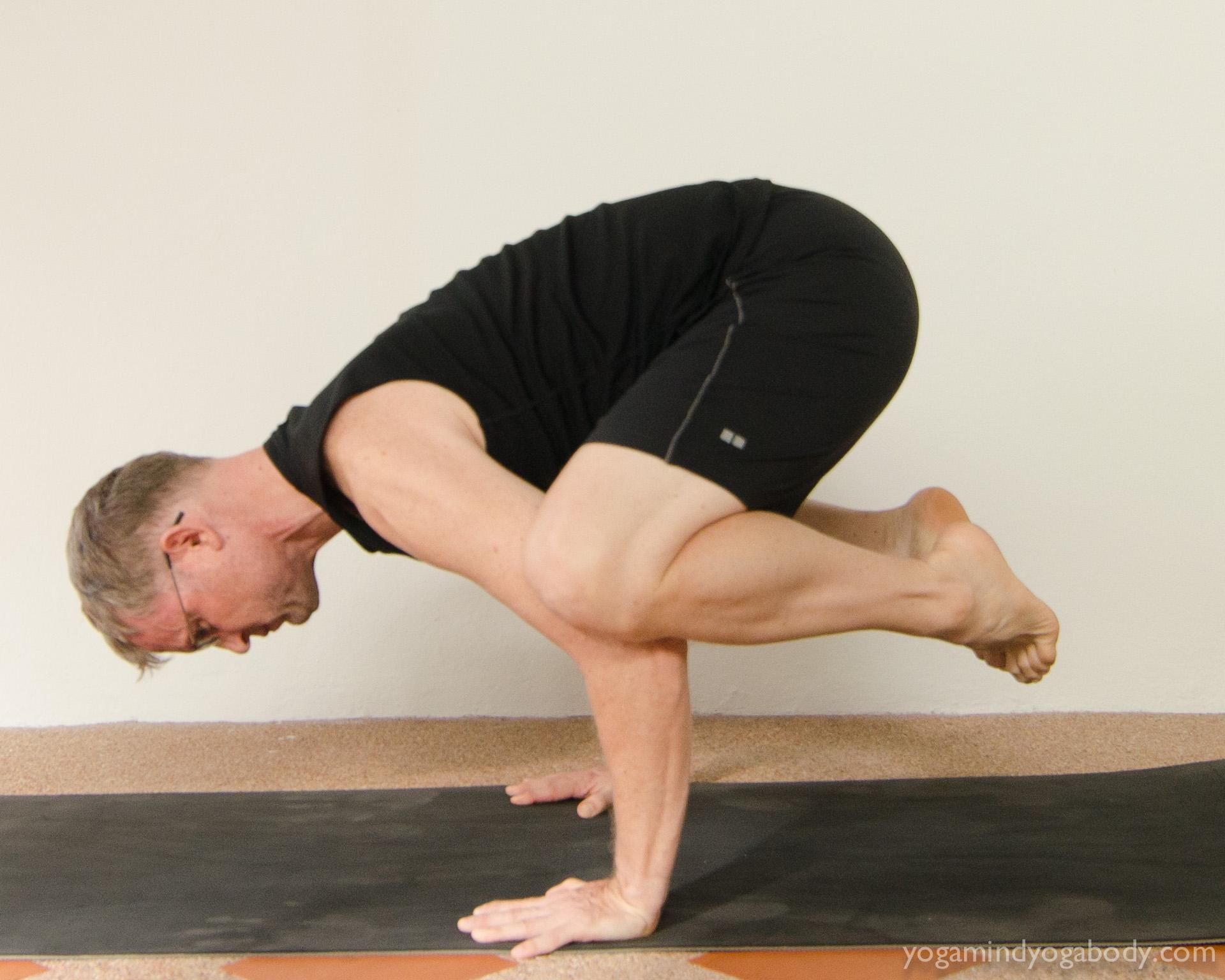
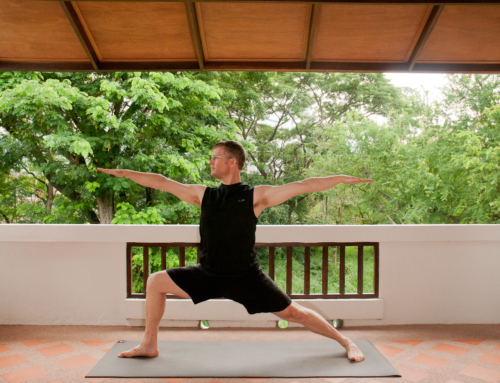
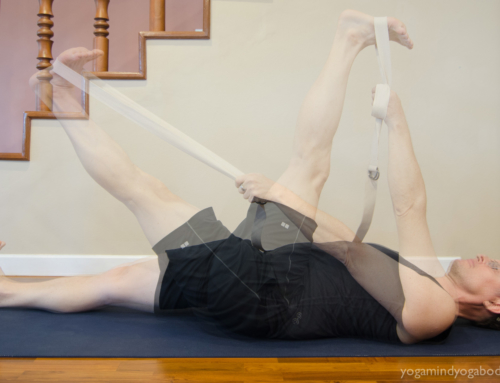
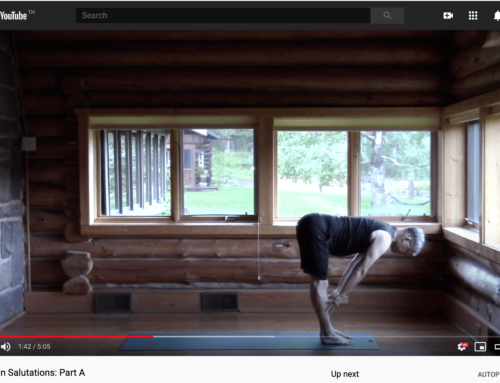
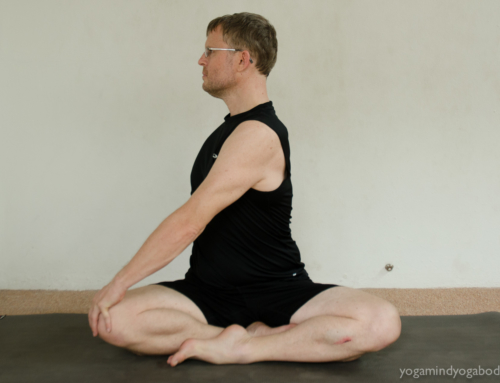

That’s a very informative read. I didn’t ever realise that intensity and pace hold such importance.
I am Jordan. Thanks for sharing such a nice blog. These tips are very helpful to me in yoga.
You are welcome. I am glad you are finding the blog useful.